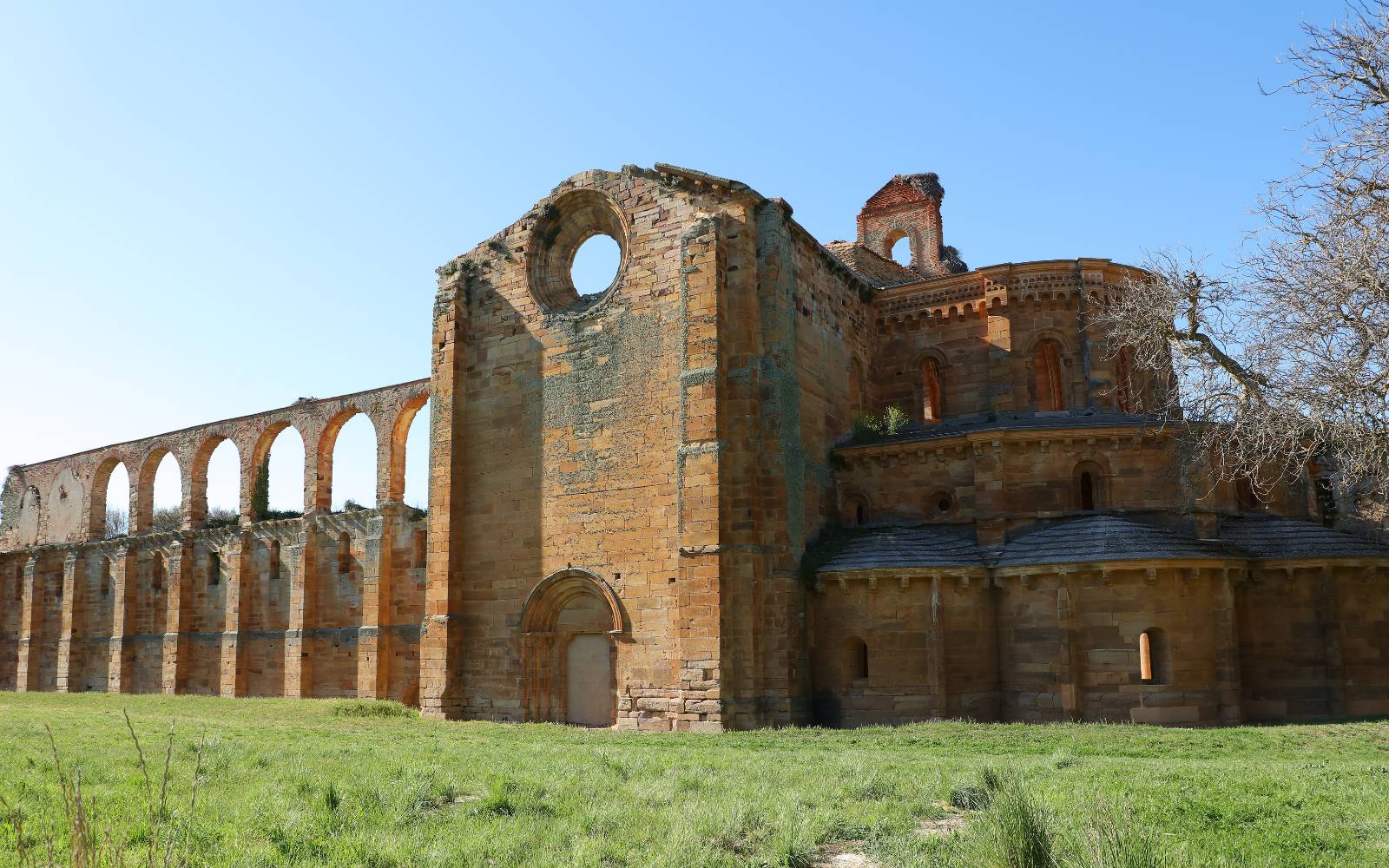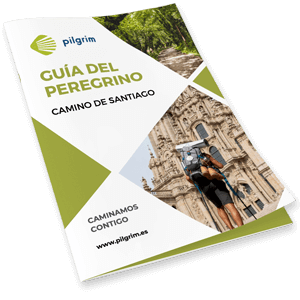Sanabres Way

Have a good way!
Why choosing the Sanabres Way?
The starting point for this route is the Zamora municipality of Granja de la Moreruela, the place chosen by the Order of Cistercians to build their first monastery on the Iberian Peninsula. Previously, this place was known as Santiago de Moreruela, reliable proof of its close connection with the Jacobean route. But not only the faithful followed this route, many travellers and traders used this ancient road to communicate points as far away as the centre of the peninsula with the north of Spain. They were also used as royal canyons and routes for merchants from all over the country, especially the well-known “veredas”, routes chosen by Galician farmers to descend to Castilla during the harvest season. It is for this reason that, along it, a multitude of hospitals and inns, as well as temples and monasteries, were built.
There are two possibilities to continue to Santiago once in Galician territory. The shortest one goes through A Gudiña and Laza, while the one that goes through Verín adds some kilometres, being this one much more recommendable for cyclists because it runs mostly along the national road. The latter connects with the interior variant of the Portuguese Way, specifically in the border town of Chaves. Most of the route is well signposted, as it is one of the oldest and most historic routes of all the Ways leading to Santiago.
13 Stages / 364 Kms
Stages of the Sanabres Way on foot
7 Stages / 363 Kms
Stages of the Sanabres Way by Bike
You will like this way, if you like…
Cities and towns

Granja de la Moreruela

Tábara

Puebla de Sanabria

Xunqueira de Ambía

Ourense

Cea
More information…
About the Sanabres Way
History
Also known by the name of Mozarabic Way, this is a route that runs much of the route old Roman roads, traveled by hundreds of people, from the Celts, Phoenicians, Romans, Arabs and finally Christian pilgrims to Santiago de Compostela. Historically it has always gone hand in hand with the famous Silver Route, “road” that linked the south of the peninsula with the lands of the Apostle. Once in Zamora, many of them chose to deviate by this variant, avoiding passing through Astorga and accessing the Galician community through the province of Ourense.
Distances and Elevation
Profile of the Sanabres Way

Other recommended routes
There are many other routes, take a look below at the best alternatives:
804 km / 35 days
764 km / 33 days
119 km / 6 days
115 km / 5 days
271 km / 13 days
970 km / 36 days
Useful Information
Frequently asked questions about the Sanabres Way
As reflected in the stage section, The Sanabrés Way is made up of a total of 13 stages over a distance of 369 km starting from the Castilian town of Granja de Moreruela. If you do the Sanabres Way by bike there will be 7 stages.
If your goal is to achieve the Compostela, you must do at least the last 100 km of the Camino, in the case of this route are made from the town of Ourense. However, if you do the Camino by bike, the minimum distance amounts to 200 km, which would lead you to start from Lubián.
This route has a great historical heritage, as is reflected in the castles of Monterrey and the Counts of Benavente, the former located in the town of Verín and the latter in Puebla de Sanabria, where it was used to defend the town from invaders.
The Camino Sanabrés is the most characteristic extension of the Silver Route. These two together form the longest route of the Camino de Santiago. Its stages are of a longer duration than the average of all the stages of the Camino de Santiago, which is why many pilgrims decide to divide them to be able to face them.
In Pilgrim.es We have the most complete information about this way and many more. Enter our website and discover all the routes that make up the Camino de Santiago, its stages, maps and even the towns with their indications about what to see in each one.
Learn more about us
Helping pilgrims since 2019
Pilgrims
+54.000
Nationalities
+45
Google Rating
4,7 ★
Affiliated businesses
+7500









